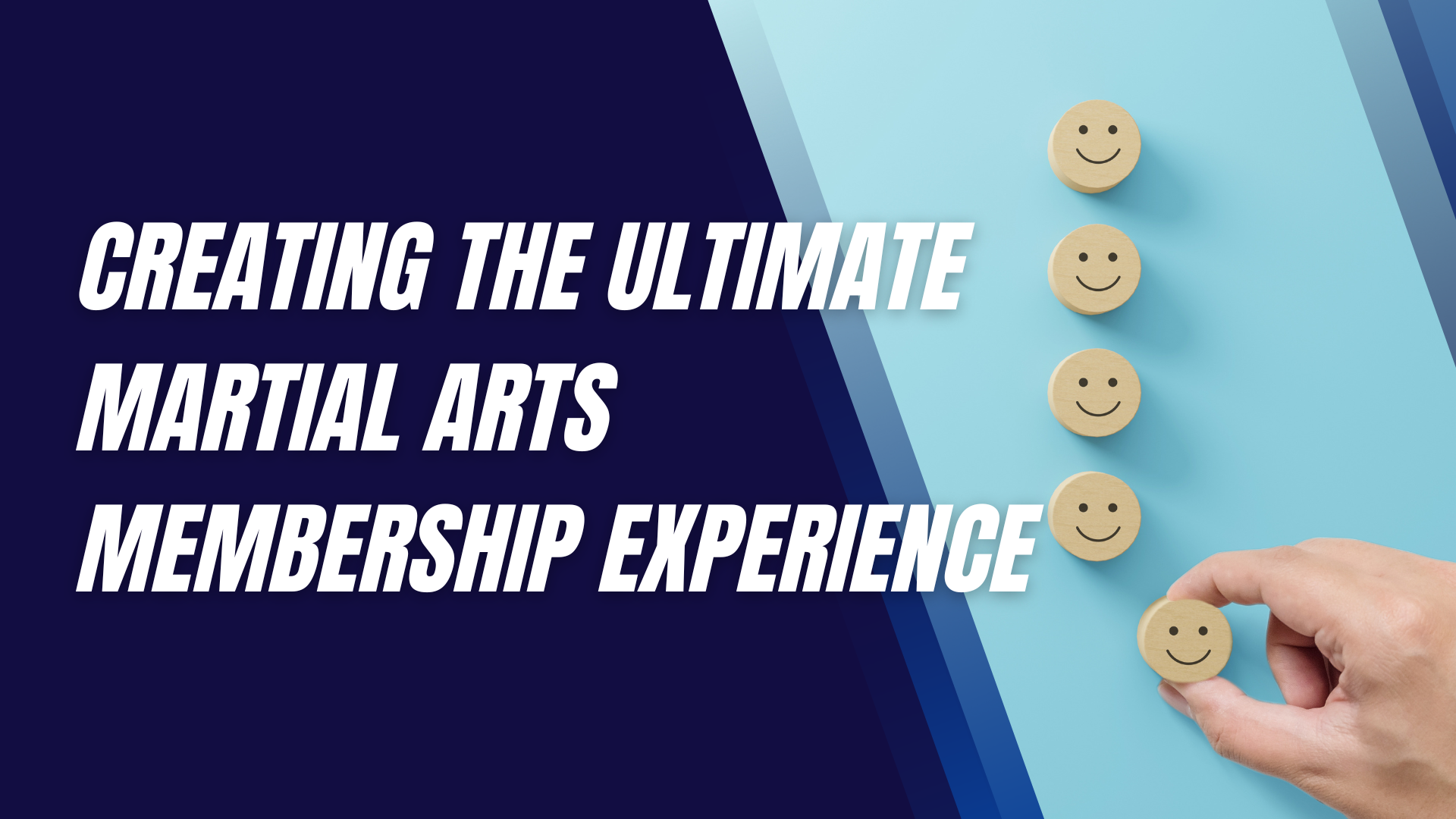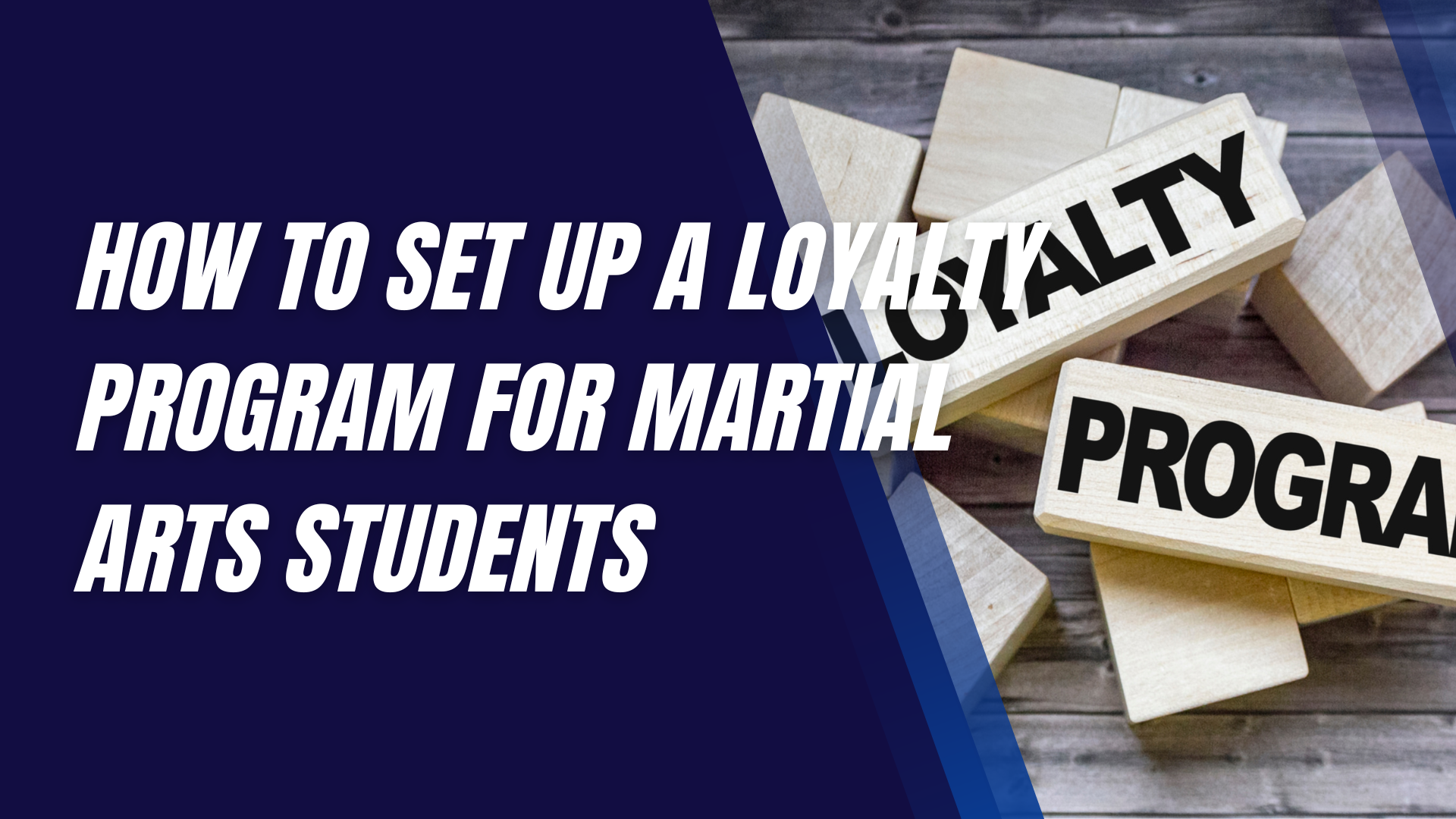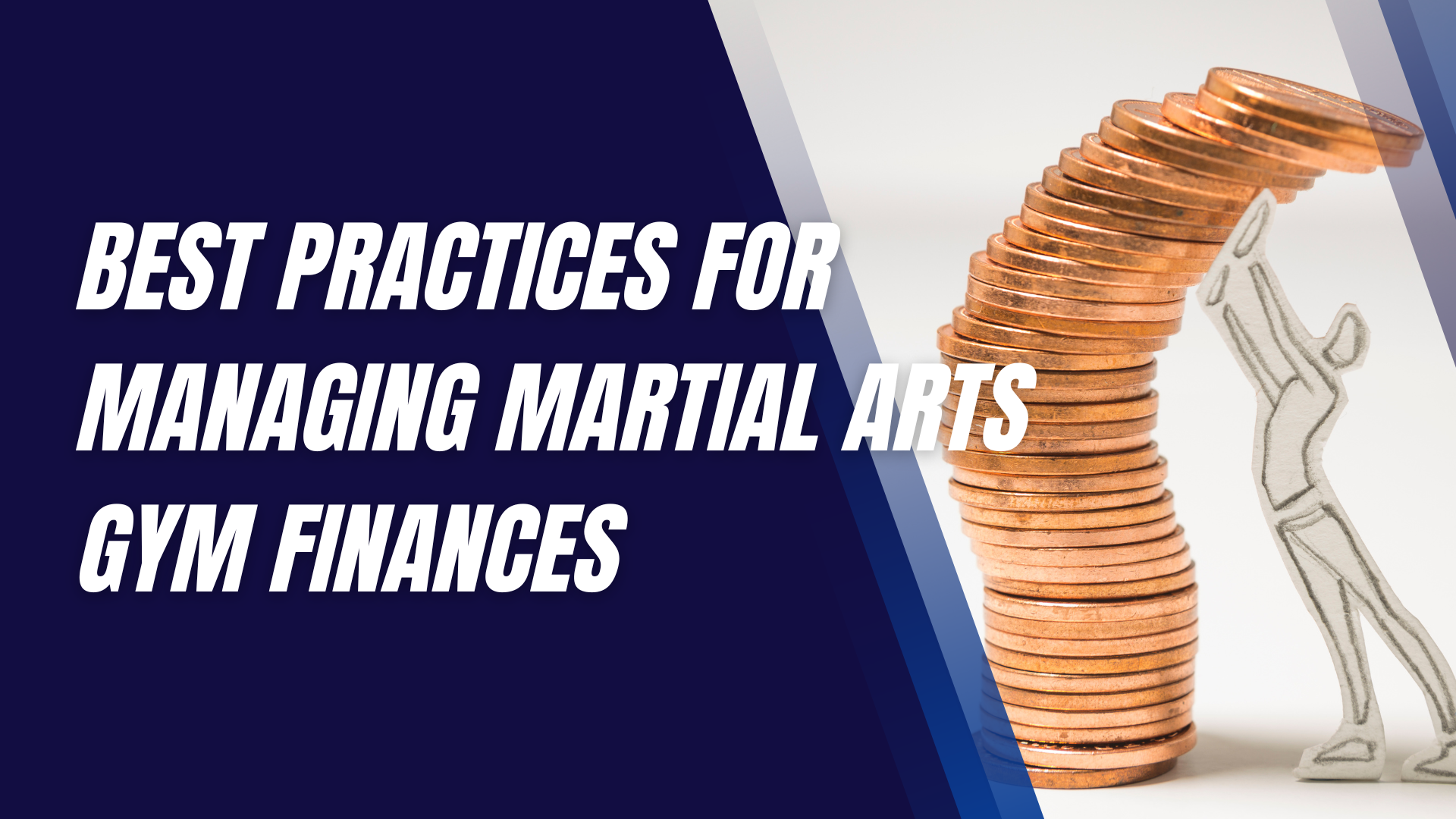How to Maximize Training Efficiency with High-Intensity Interval Training (HIIT)
High-Intensity Interval Training (HIIT) has taken the fitness world by storm, and it's easy to see why.
Whether you’re a busy professional, a fitness enthusiast, or just someone looking to shed a few pounds, HIIT offers a highly efficient way to get in shape. In this guide, we'll explore how you can maximize your training efficiency with HIIT, ensuring that every minute you spend working out counts.
What is High-Intensity Interval Training?
HIIT is a workout technique that alternates short bursts of intense exercise with periods of rest or low-intensity recovery. The idea is simple: push hard for a short period, then recover, and repeat. This pattern is designed to elevate your heart rate quickly and burn more fat in less time compared to traditional steady-state cardio exercises.
The Science Behind HIIT
The effectiveness of HIIT lies in its ability to maximize calorie burn and boost metabolism both during and after workouts. This phenomenon, known as the "afterburn effect" or excess post-exercise oxygen consumption (EPOC), means your body continues to burn calories at an elevated rate even after your workout is done. HIIT triggers metabolic pathways that lead to improved cardiovascular health, enhanced insulin sensitivity, and increased fat oxidation.
Benefits of HIIT for Fitness Enthusiasts
HIIT isn't just about burning calories; it offers a wide range of benefits:
- Improves cardiovascular health: By pushing your heart to work at near maximum capacity, HIIT strengthens your heart and improves overall cardiovascular function.
- Increases endurance: Regular HIIT sessions enhance your body’s ability to handle intense exercise, which can improve performance in other activities.
- Time-efficient: Perfect for those with busy schedules, HIIT workouts can be as short as 15-20 minutes and still deliver substantial results.
Why HIIT is the Ultimate Training Method
Time Efficiency
One of the main reasons people gravitate towards HIIT is its time efficiency. With HIIT, you don’t need to spend hours at the gym. Short, intense bursts of activity can be more effective than longer, moderate-intensity workouts. This makes HIIT perfect for anyone with a hectic lifestyle.
Calorie Burn and Afterburn Effect
HIIT is known for its high calorie-burning capabilities. A single session can burn significantly more calories than traditional workouts. Plus, thanks to the afterburn effect, your body continues to burn calories at a higher rate even after your workout, maximizing your results.
Versatility and Accessibility
HIIT can be tailored to suit any fitness level or goal. Whether you're new to fitness or an advanced athlete, there’s a HIIT workout that can meet your needs. It’s also incredibly versatile — you can do it at home, in the gym, or even outdoors, with or without equipment.
How to Get Started with HIIT
Assessing Your Fitness Level
Before diving into HIIT, it’s essential to assess your current fitness level. This helps you choose the right intensity and duration for your workouts, reducing the risk of injury. Start by evaluating your cardiovascular endurance, strength, and flexibility.
Choosing the Right HIIT Routine
HIIT for Beginners:
If you're new to HIIT, start with basic exercises like jumping jacks, bodyweight squats, and brisk walking. Aim for a 1:2 work-to-rest ratio — for example, 20 seconds of exercise followed by 40 seconds of rest.
Advanced HIIT Workouts:
For those with more experience, incorporate exercises like burpees, sprinting, or kettlebell swings. Advanced routines might use a 1:1 ratio or even a 2:1 ratio, where your rest periods are shorter than your work intervals.
Equipment vs. No-Equipment HIIT
HIIT can be performed with or without equipment. Equipment-based HIIT might include using kettlebells, dumbbells, or resistance bands to add more intensity. However, bodyweight exercises like push-ups, planks, and mountain climbers are just as effective for a great HIIT session.
Designing Your HIIT Workout
Understanding Work-to-Rest Ratios
The key to an effective HIIT session is finding the right balance between work and rest. Common ratios include 1:1, 2:1, or even 3:1, depending on your fitness level and goals. A shorter rest period will increase the workout’s intensity, while longer rest periods allow for more recovery.
Optimal Duration for HIIT Sessions
While HIIT sessions are typically short, they can range from 15 to 45 minutes, including warm-up and cool-down. For beginners, 15-20 minutes is sufficient to reap the benefits. More advanced athletes might aim for 30-45 minutes to challenge their endurance and strength.
Incorporating HIIT into Your Existing Routine
HIIT can complement other forms of exercise like strength training, yoga, or traditional cardio. Aim to integrate HIIT sessions 2-3 times a week, ensuring you have rest days in between to allow your muscles to recover.
Maximizing Efficiency in HIIT
Warm-Up and Cool-Down Importance
Never skip the warm-up and cool-down. A proper warm-up prepares your muscles and cardiovascular system for the high-intensity workout, reducing the risk of injury. Similarly, a cool-down helps bring your heart rate back to normal and aids in muscle recovery.
Focus on Form and Technique
Efficiency in HIIT isn’t just about working hard; it’s also about working smart. Focus on maintaining proper form and technique throughout your workout. This not only maximizes results but also prevents injuries.
Progression and Increasing Intensity
As your fitness level improves, gradually increase the intensity of your workouts. You can do this by shortening rest periods, increasing the length of your work intervals, or incorporating more challenging exercises.
Common Mistakes to Avoid in HIIT
Overtraining and Insufficient Rest
HIIT is intense by design, which makes recovery crucial. Overtraining without adequate rest can lead to burnout, injuries, and diminished performance. Ensure you’re not doing HIIT on consecutive days, especially if you’re new to it.
Neglecting Proper Nutrition
Your body needs the right fuel to perform at its best, especially during intense workouts like HIIT. Focus on a balanced diet rich in proteins, healthy fats, and carbohydrates to sustain your energy levels and aid in recovery.
Ignoring Body Signals and Signs of Burnout
Pay attention to your body’s signals. Fatigue, persistent soreness, and a decrease in performance can be signs of overtraining or burnout. Listen to your body and adjust your training intensity or frequency as needed.
Safety Tips for HIIT
Consulting a Professional
If you’re new to HIIT or have any existing health conditions, it’s wise to consult a fitness professional or healthcare provider before starting. They can help tailor a HIIT program that’s safe and effective for your needs.
Modifying Exercises for Injuries or Limitations
HIIT can be modified to accommodate various fitness levels and physical limitations. For example, if you have knee issues, swap out high-impact moves like jump squats for lower-impact alternatives like step-ups.
Staying Hydrated and Listening to Your Body
HIIT can be demanding, making hydration crucial. Drink plenty of water before, during, and after your workout to keep your body functioning optimally. Also, listen to your body and don’t push through pain.
Tracking Your Progress and Results
Using Apps and Wearables
Technology can be a great ally in tracking your HIIT progress. Apps and wearables can monitor your heart rate, calories burned, and workout duration, helping you adjust your sessions for maximum efficiency.
Tracking Metrics Beyond Weight Loss
While weight loss is a common goal, HIIT benefits extend beyond the scale. Track improvements in your strength, endurance, and overall fitness level to get a fuller picture of your progress.
Setting Realistic Goals and Celebrating Milestones
Setting small, achievable goals keeps you motivated. Celebrate milestones, whether it’s completing a more intense workout or mastering a new exercise. These wins keep you committed to your fitness journey.
Integrating HIIT with Other Fitness Activities
Combining HIIT with Strength Training
Pairing HIIT with strength training can amplify your results. Strength training builds muscle, while HIIT burns fat, making them a powerful combo for overall fitness.
Balancing HIIT with Cardio and Flexibility Workouts
While HIIT is great for cardiovascular health and calorie burn, it’s also important to balance it with steady-state cardio and flexibility workouts like yoga or stretching for overall fitness and injury prevention.
Rest and Recovery in a HIIT Routine
Recovery is a crucial part of any fitness regimen, especially with HIIT. Ensure you include rest days and low-intensity activities in your routine to allow your muscles to repair and grow stronger.
Final Thoughts
HIIT offers a dynamic, effective way to boost your fitness levels, burn calories, and improve overall health. By incorporating HIIT into your routine, focusing on form, and listening to your body, you can maximize your training efficiency and achieve your fitness goals faster. Remember, the key to success with HIIT is consistency, progression, and balance.
Interested in trying a martial arts class? Find an affiliated academy anywhere in the country by clicking here.
Have your own martial arts program? Get to know more about what we have to offer at Ground Standard Agency for helping martial arts businesses grow.
Email us at info@groundstandard.com, or call and text us at (732) 907-8920 today to learn how to start growing your own academy, school, dojo, or gym with us as well.
Share this article












